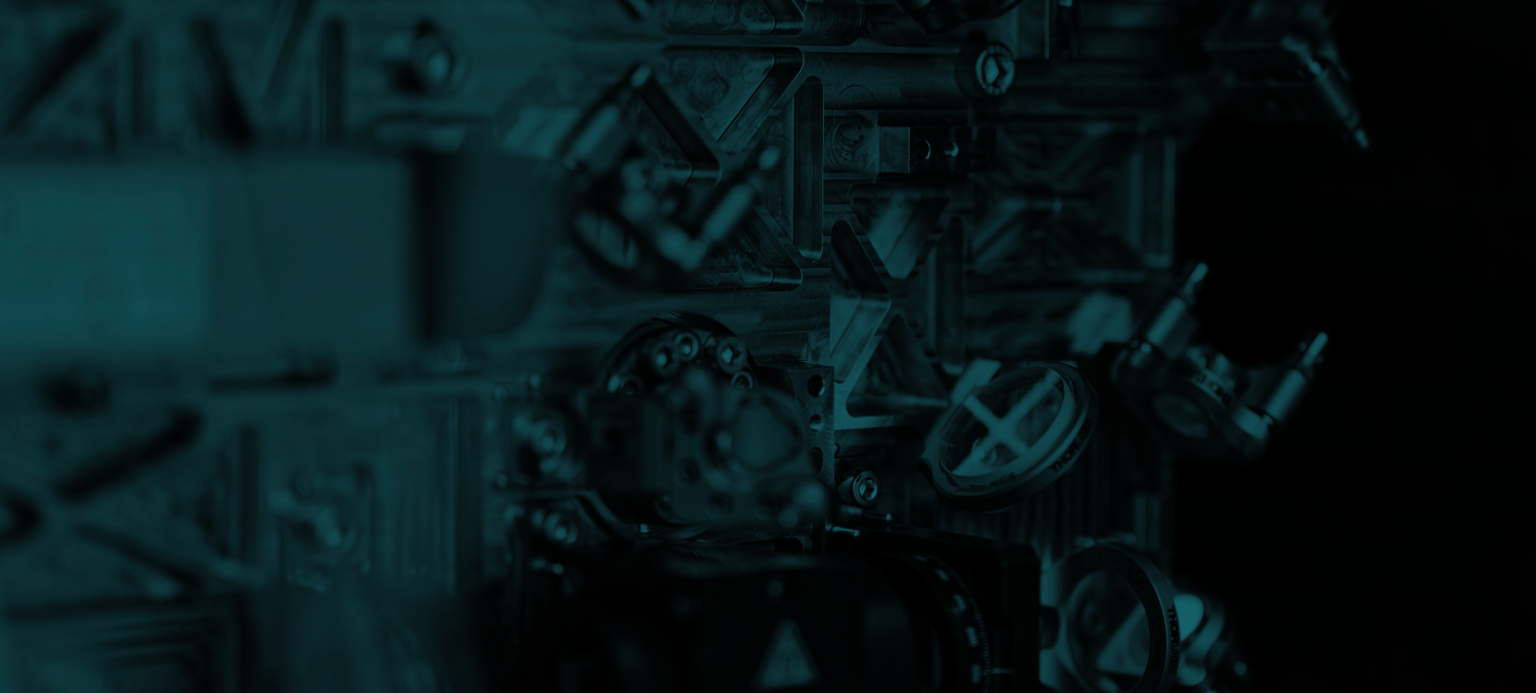Authors: Lucia Garbini, David Teller
What is it?
Pasqal, a leader in neutral atom quantum computing, has recently open-sourced a new software library called Quantum Evolution Kernel (QEK). This tool enables researchers and developers to explore quantum-enhanced graph machine learning, building on research published in Physical Review A titled “Quantum feature maps for graph machine learning on a neutral atom quantum processor“.
Quantum Evolution Kernel provides a framework for:
Designing quantum kernels: Create custom similarity metrics for graphs using quantum features on Pasqal’s neutral atom quantum processors or emulated on classical hardware (like your PC).
Integrating with classical machine learning: Incorporate quantum kernels into existing kernel-based algorithms like support vector machines and kernel ridge regression.
Exploring quantum feature maps: Experiment with different methods to encode graph data into quantum states.
Quantum Evolution Kernel is available on GitHub, where you can find the source code, extensive documentation, and examples. The Pasqal team encourages users to contribute and help shape the library’s future.

QEK
Who Can Benefit from QEK?
Quantum Evolution Kernel is designed to cater to a diverse audience, ranging from quantum computing enthusiasts to seasoned researchers in machine learning and graph analytics. Whether you’re just starting to explore the intersection of quantum computing and data science or you’re an expert looking to push the boundaries of quantum-enhanced algorithms, this library provides the tools and flexibility needed to experiment, innovate, and apply quantum techniques to real-world problems. Its accessibility and modularity make it a valuable resource for anyone interested in exploring the potential of quantum computing in graph-based machine learning tasks.
Quantum computing newcomers: The library offers an accessible entry point to implementing quantum machine learning algorithms.
Experienced quantum researchers: The modular design supports exploration of new ideas in quantum graph machine learning.
Graph machine learning practitioners: Researchers working with graph data can investigate potential quantum enhancements to their existing workflows.
What can be explored with QEK?
Potential applications of Quantum Evolution Kernel span a wide range of fields where graph machine learning plays a critical role. For example:
Drug Discovery and Molecular Chemistry: Quantum Kernels can be used to predict molecular properties, such as toxicity or binding affinity, by analyzing molecular graphs that encode the structure of chemical compounds. This is particularly relevant for pharmaceutical research, where understanding molecular interactions can accelerate drug development pipelines
Fraud Detection in Finance: Graph-based methods are often employed to detect fraudulent activity in financial transactions by identifying anomalous patterns in transaction networks. Quantum kernels could potentially enhance the detection accuracy by capturing subtle correlations in complex financial graphs
Renewable Energy Grid Optimization: Graphs can represent power grids, where nodes are power stations or consumers, and edges are transmission lines. Quantum Kernels could be used to optimize energy distribution, detect vulnerabilities in the grid, or predict failures in renewable energy systems like wind farms or solar arrays.
Supply Chain Optimization: Graphs representing supply chain networks can benefit from Quantum Kernel’s ability to analyze relationships between nodes (suppliers, manufacturers, distributors) and optimize logistics or detect vulnerabilities.
By offering a flexible framework for designing quantum feature maps and integrating them into classical machine learning workflows, Quantum Evolution Kernel opens up new possibilities for tackling these complex problems with quantum-enhanced approaches.
Key Features and strenghts
Simplified interface for Pasqal’s Neutral Atom QPU
Modular and extensible architecture
Comprehensive documentation and tutorials
Open-source license for community contributions
Dr. Francesco Ferulli, Scientific Product Manager (Software) at Pasqal, explains the motivation behind the project.
Our goal was to create a tool that bridges the gap between theoretical quantum algorithms and practical applications in graph machine learning. We wanted to make it easier for researchers to experiment with quantum-enhanced methods without the need of being quantum experts.
Dr. Francesco Ferulli – Scientific Product Manager (Software) at Pasqal
One of the key strengths of Quantum Evolution Kernel is its seamless integration with classical machine learning frameworks. The quantum kernels generated by the library can be directly plugged into popular kernel-based algorithms like Support Vector Machines (SVM).
This hybrid approach allows users to leverage the potential quantum advantage in feature mapping while still utilizing well-established classical algorithms for the final prediction or classification tasks.
While several quantum machine learning libraries exist, Quantum Evolution Kernel stands out in its focus on graph-structured data and its integration with Pasqal’s neutral atom quantum hardware. Unlike more general-purpose quantum machine learning libraries, Quantum Evolution Kernel is specifically optimized for graph problems, potentially offering better performance in this domain.
Success story: Predicting Molecular Toxicity
The work “Quantum Feature Maps for Graph Machine Learning on a Neutral Atom Quantum Processor” demonstrates the application of QEK to a real-world toxicity prediction task using the Predictive Toxicity Challenge dataset on Female Mice. This dataset consists of 286 molecular graphs, each representing a chemical compound, with sizes ranging from 2 to 32 nodes. The task involved classifying molecules as toxic or non-toxic based on their structural properties. By encoding these molecular graphs into quantum states via a quantum feature map implemented on a neutral atom quantum processor, QEK enabled the computation of similarity metrics between graphs, which were then used in a supervised classification protocol.
The results achieved using QEK were comparable to those obtained with some of the best classical graph kernels, such as Random Walk and Graphlet Sampling. However, beyond matching classical performance, QEK demonstrated its unique capability by capturing features in the data that classical kernels could not. This was evidenced through geometric comparisons of the feature spaces, showing that QEK perceives data in an original way.
This proof-of-concept experiment underscores the promise of quantum-enhanced methods like QEK for addressing complex graph machine learning tasks in fields such as biochemistry and drug discovery. By leveraging the unique properties of quantum systems to encode and process graph data, QEK provides a novel approach to toxicity prediction that could complement or surpass classical methods as quantum hardware continues to advance.
The success we’ve had with the toxicity prediction task is just the beginning. We’re excited to see how researchers in various fields will apply Quantum-Evolution-Kernel to their specific problems.
Dr. Constantin Dalyac – Quantum Advantage Lead at Pasqal
Looking Ahead
As Quantum Evolution Kernel continues to evolve, several potential future developments are worth considering:
Integration with Other Quantum Platforms: While currently optimized for Pasqal’s neutral atom processors, future versions could support other quantum hardware platforms, increasing accessibility and versatility.
Scalability Improvements: As quantum hardware continues to advance, adapting the library to take advantage of larger qubit counts and improved coherence times will be crucial.
Dr. Francesco Ferulli, Scientific Product Manager (Software) at Pasqal, shares his perspective on the future of quantum-classical hybrid models:
“Hybrid approaches allow us to leverage the strengths of both quantum and classical systems. Quantum processors can encode complex graph structures in ways that are difficult for classical systems, while classical machine learning frameworks provide robust tools for optimization and prediction. This combination has the potential to unlock new capabilities in graph analysis and machine learning, particularly for applications where classical methods fall short.”
Dr. Francesco Ferulli – Scientific Product Manager (Software) at Pasqal
Get involved
As quantum computing continues to advance, tools like Quantum Evolution Kernel will play a crucial role in exploring the potential of quantum algorithms to solve complex real-world problems. By making quantum machine learning more accessible, Pasqal is contributing to the broader effort of realizing practical quantum advantage in fields such as drug discovery, materials science, and financial modeling.
Researchers and developers interested in quantum graph machine learning now have a powerful new tool at their disposal. As the community engages with Quantum-Evolution-Kernel, we can expect to see innovative applications and further refinements to the library, potentially accelerating the path to quantum advantage in machine learning tasks.
The release of Quantum Evolution Kernel marks an important step in bridging the gap between theoretical quantum algorithms and practical applications in data science. As the field continues to evolve, it will be exciting to see how this open-source tool shapes the future of quantum-enhanced graph machine learning.
Join Pasqal Community

To further engage with this cutting-edge technology and connect with like-minded quantum enthusiasts, consider joining the Pasqal Community. It offers a wealth of resources including an interactive e-learning platform, access to open-source tools, and a dedicated Slack workspace for global networking.
By participating in this community, you’ll have the opportunity to shape the future of quantum computing and drive innovations in quantum graph machine learning using tools like QEK.

